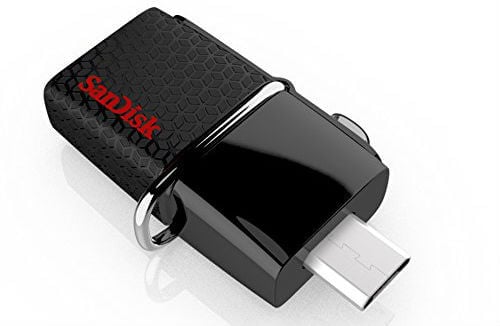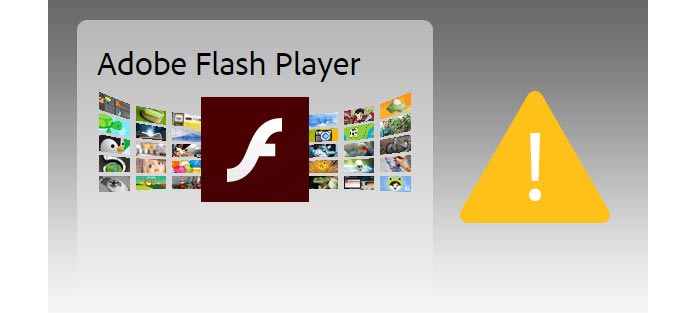
#Flash an android on mac android
Go ahead and follow the on-screen instructions to get logged in with your Google account-it’s all smooth sailing from here, just like setting up any other Android device. Give it a few, and the setup menu will appear. Since we’re just testing things out here, choose the first option to run Android x86 without installing it.Īfter a few seconds, you should see the Android boot animation.
#Flash an android on mac install
From there, select your USB drive.Īfter you get it all figured out, a menu will show up asking how you’d like to run the installation: Live CD mode or Install it to the hard disk. Provided everything is set up properly, you should be able to just start your PC and press a key like F10 or F12 to enter a boot menu (this may vary from computer to computer). You may have to alter some settings in the BIOS to do this, or your computer may allow it out of the box.

Next, you’ll want to boot your computer from that USB drive.
#Flash an android on mac how to
RELATED: How to Boot Your Computer From a Disc or USB Drive Once it’s done, you can close Rufus and remove your flash drive. A green progress bar will show up at the bottom to let you know when the process has been completed. The process of installing the ISO to the drive shouldn’t take long at all. Click “OK” to move forward, brave soldier. One more warning will appear to let you know that everything on the drive will be erased. The default and recommended method-ISO Image-should be pre-selected. Click the Start button to make it happen.Ī dialog box should appear here letting you know that the file is an ISOHybrid image, which makes it can be written one of two ways: as an ISO or DD image. Assuming everything checks out, you’re ready to install this thing. Once your file has been selected, it will do a quick scan-check of the file to confirm all is well. Lastly, tick the “Create bootable disc using” box, then select ISO Image from the dropdown.Ĭlick the little CD drive-looking icon next to “ISO Image” to select the Android x86 ISO file you downloaded earlier.

Next, make sure “FAT32” is selected from the File System dropdown. If you have more than one removable drive inserted into your computer, double-check the drive letter to make sure you’re installing to the correct one! this is a crucial step to get correct, since Rufus will erase the drive in question. With Rufus up and running, go ahead and choose your USB drive in the top dropdown box. You may get a warning from Windows asking if you want to allow Rufus to make changes to your device-just click “Yes.” Once everything is finished, launch Rufus. It’s completely portable, so download and store it wherever you want-no installation necessary. While that’s downloading, you’ll also want to download Rufus, a free Windows tool that will install Android onto the flash drive for us.

Click the “view” button to start the download-depending on your internet connection speed, this could take a bit of time to finish. I’m testing the 64-bit version of Android 6.0, but feel free to pick which one works best for your current setup. With all your data backed up, you’ll need a build of the Android x86 project from here. So everything that’s currently on the drive will be lost forever. Be sure to copy anything you want off of it, because you’ll need to format it as part of this process.

RELATED: How to Create a Bootable Linux USB Flash Drive, the Easy Wayįor this guide, you’ll need a USB drive or SD card that’s at least 2GB in size. Step One: Prep Your Drive (or Card) and Install Android


 0 kommentar(er)
0 kommentar(er)
